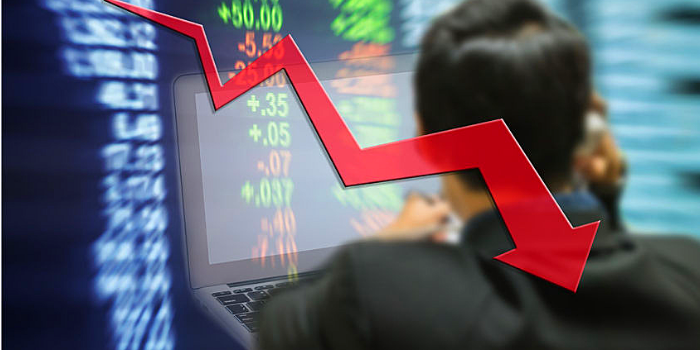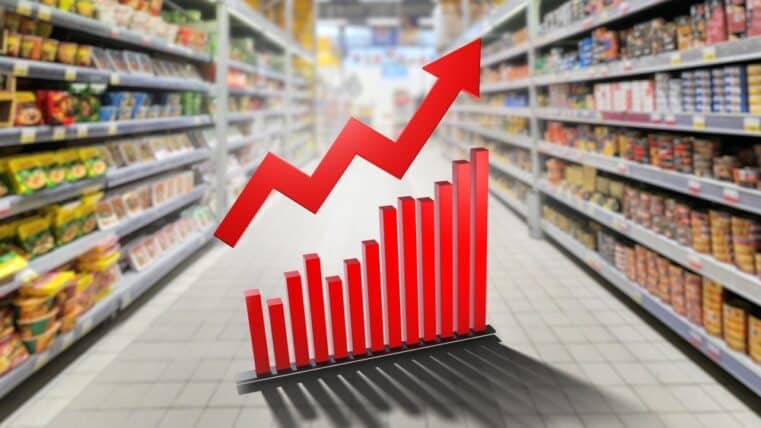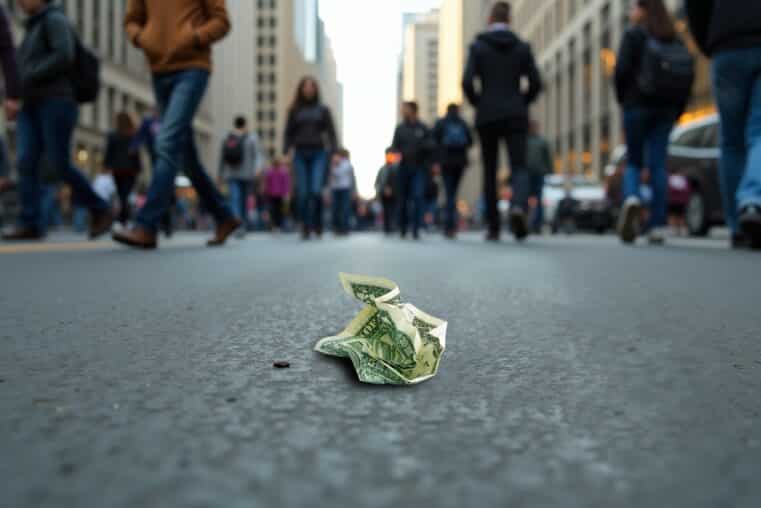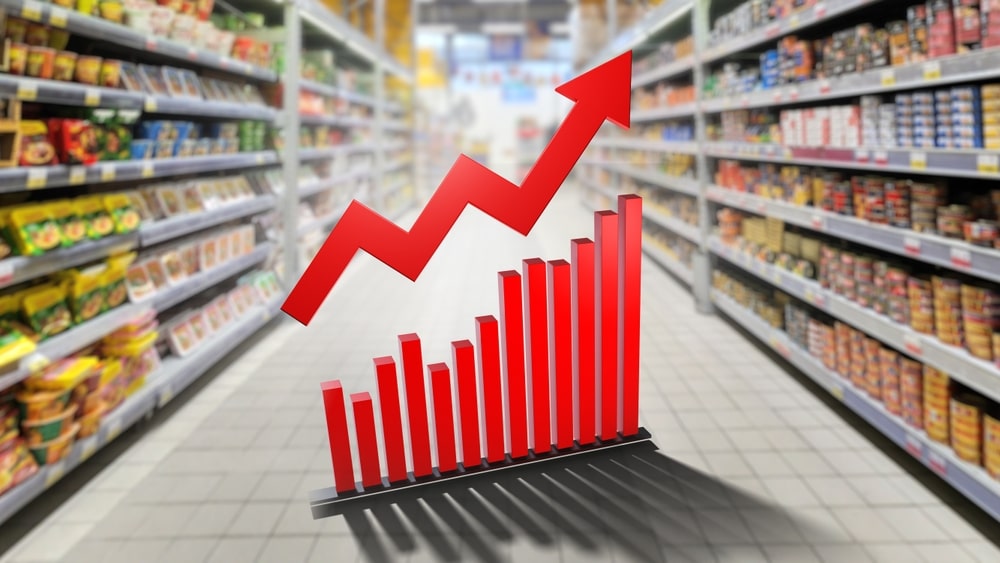
Bank of America's Shocking Forecast: "The Bull Market Is Dead!"
Just last week, the S&P 500 continued its forays into record-high territory. Currently, all three US stock market indices seem unstoppable, with trends aimed toward even greater heights.
Is there any evidence to substantiate the notion that the bull market is weakening...let alone dying, or dead?
Such a claim is beyond bold. It sounds ridiculous in light of what’s going on in the markets. But that’s the forecast that Bank of America Merrill Lynch holds with regard to the market.
Their assessment is based on three things: slower economic growth, rising interest rates, and overburdened debt. Essentially, they’re saying that the bull is already dead...and that most investors just don’t know it yet.
So what are investors to expect? According to BofAML’s chief investment strategist, Michael Hartnett, you should expect lower returns: "The Great Bull Dead: end of excess liquidity = end of excess returns."
In case you didn’t know, the “liquidity” he is referring to concerns the $12 trillion worth that has been pumped into the global economy by various central banks during their easing spree--the Fed alone has led the pack by pumping up its own balance sheet by more than $4.5 trillion.
This resulted in the current 335% gain in the S&P 500 since 2009. But now that Fed has shifted from QE to QT (quantitative tightening), BofAML suggests that investors likewise prepare themselves for a significant shift in market dynamics--namely, a significant plunge.
So what does BofAML suggest you do regarding rebalancing or reallocating your portfolio? In addition to certain fundamental factors that may boost big pharma and tech disruptors and markets outside of the US and Canada, they also suggest inflation plays with commodities.
And what better inflation play do you have than gold and silver?
According to Hartnett, "The Fed is now in the midst of a tightening cycle, ignoring structural deflation, focusing on cyclical inflation...until this Fed hiking cycle ends we suspect absolute returns from financial assets will remain slim & volatile."
If you paid attention to Fed Chief Powell’s opening remarks during the Jackson Hole Economic Summit, note that he tempered his statement about inflation not being a threat with a caveat: a heightened responsiveness to inflation as the indicators tend to shift and become unreliable in today’s economic environment.
In addition to the CPI being an unreliable absolute measure of real inflation, it makes us wonder if inflation has crept up to levels that are far greater than what the current CPI numbers are telling us.
After all, CPI calculations have changed: according to Shadowstats:
- If we were to use the 1990 CPI calculation in place of what the Fed is currently using, our inflation rate would be at 6%; and
- If we were to use the 1980 CPI calculation, our inflation would be at 10%.
What is indisputable however is that the decade-long low-interest environment has resulted in a massive glut of global debt--about $247 trillion. In the US, government debt has soared by 82% since the 2008 financial crisis. Hence, the Fed’s shift toward a steady tightening policy.
But the catalyst that many on Wall Street have been concerned about has to do with the possibility of an inverted yield curve (where short-term government bond yields increase to levels above long-term yields).
And what if the yield curve inverts? According to BofAML, the Fed, taking a more hawkish stance, will continue hiking rates: “a flat/inverted curve won’t stop them hiking...most likely [a] catalyst for fresh losses across asset markets,” Hartnett said.
Note that inverted yield curves have preceded the last seven recessions. There’s no reason to think that this time would be any different.
Another factor to consider is that last year’s Trump Tax Cuts may have been responsible for the last leg of the bull market, as corporations have used the cuts to fuel stock buybacks; up to $1 trillion this year alone.
Buybacks have risen to around $4.7 trillion since 2008--the largest stock buyback spree in history. Is it possible that the value of US stocks may have driven by companies buying back their own shares rather than fundamentally-based investments by the public?
So what does BofAML suggest watching out for? They advise watching bank stocks. Bank stocks have risen along with interest rates. Once that correlation breaks down, watch out, for it may signal that Fed tightening will cause a much larger negative impact from that point on.
As we have said many times before, now is the time to allocate a portion of your portfolio to gold and silver as both an inflation hedge and a hedge against the impending decline in asset values. Gold and silver are at record value levels.
If you miss out on the opportunities that precious metals are presenting you with right now, not only will you miss out on a tremendous portfolio growth opportunity, you will also miss out on one of the few opportunities to preserve your wealth when this looming recession finally strikes.











